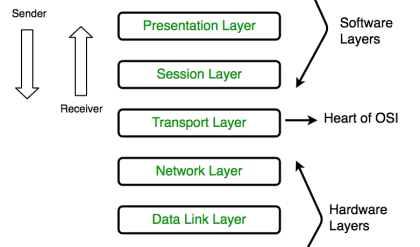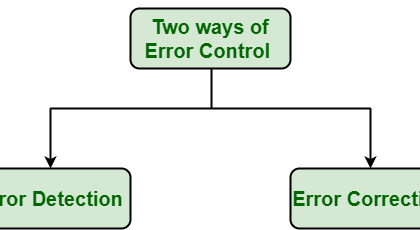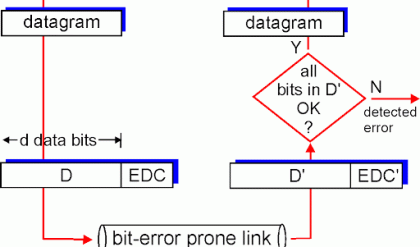An E-Plane Tee junction is formed by attaching a simple waveguide to the broader dimension of a rectangular waveguide, which already has two ports. The arms of rectangular waveguides make two ports called collinear portsi.e., Port1 and Port2, while the new one, Port3 is called as Side arm or E-arm. T his E-plane Tee is also called as Series Tee.
As the axis of the side arm is parallel to the electric field, this junction is called E-Plane Tee junction. This is also called as Voltage or Series junction. The ports 1 and 2 are 180° out of phase with each other. The cross-sectional details of E-plane tee can be understood by the following figure.

The following figure shows the connection made by the sidearm to the bi-directional waveguide to form the parallel port.

Properties of E-Plane Tee
The properties of E-Plane Tee can be defined by its [S]3×3[S]3×3 matrix.
It is a 3×3 matrix as there are 3 possible inputs and 3 possible outputs.


We can say that we have four unknowns, considering the symmetry property.
From the Unitary property

Using the equations 10, 11, and 12 in the equation 6,
we get,

This is the scattering matrix for E-Plane Tee, which explains its scattering properties.






Comments are closed.